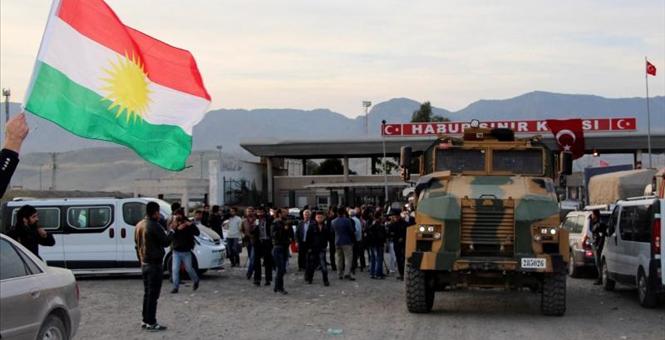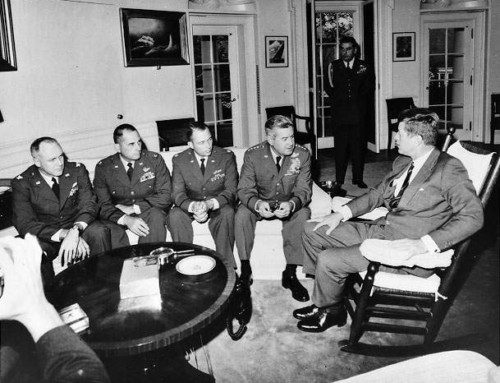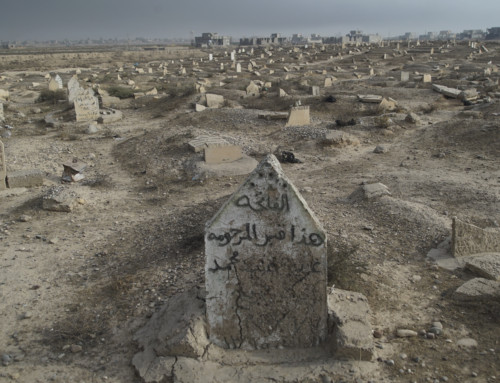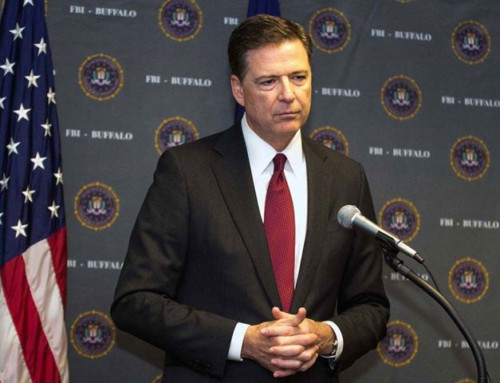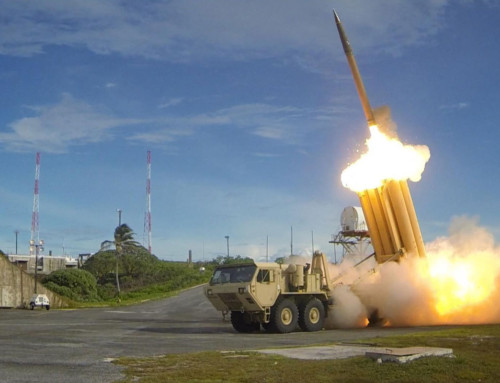Question 4: Is it permissible to have intercourse with a female captive?
It is permissible to have sexual intercourse with the female captive. Allah the almighty said, “Successful are the believers who guard their chastity, except from their wives or captives and slaves…for then they are free from blame.”
IS (The Islamic State)
As IS (the Islamic State) moved into remote communities of northern Iraq last August, it enslaved thousands of Yazidi, Christian, even some secular Shiite and Sunni women after the men of their villages were lined up, shot one by one, and dumped into mass graves. The above quotation is one of 27 questions answered by a pamphlet entitled, “Questions and Answers on Taking Captives and Slaves,” now being circulated by IS in cities they have captured in Iraq and Syria, outlining the Koranic dictates governing female sex slaves.
The pamphlet which IS took no pains to hide from the West is a ruthless and cunning recruiting tool calculated to attract Muslim low-lifes from around the world, inviting them to flock to the new Caliphate with the reward of endlessly raping young girls. Despite Obama’s vehement protestations—the actions of IS are those of “no religion,” the pamphlet offers, as its justification, the words and actions of the Prophet.
The Kurds Can Be Our Best Ally in the Defeat of IS
As I’ve reported in five previous columns in this series, the Kurds, despite being Muslim, have fielded all-women units in their decisive battles against ISIS, so respectful are they of women’s rights. Additionally, the KRG (Kurdish Regional Government) is a staunch ally of and a major trading partner with Israel. The 30 million Kurds who populate a diaspora in Turkey, Syria, Northern Iraq, and Iran, are one of the largest peoples to be without their own homeland. Moreover, if the U.S. were to recognize a free and independent Kurdistan, at a time of the KRG’s choosing, numerous benefits could redound to the benefit of the U.S. These an enterprising U.S. president could reap despite the murderous chaos engulfing much of the Islamic world:
Despite the loss of a status-of-forces agreement in Iraq, the U.S. could establish a new important base of military and intelligence operations with a reliable Kurdish partner
Given our support, it would be very easy to secure from a new Islamic Free Kurdistan a formal recognition of Israel. And this, combined with the Kurds’ respect for women’s rights, a U.S./Kurdish led Muslim reformation could begin.
With our Kurdish base on the border of Iran, we could begin the process of destabilizing Iran, an arch enemy terrorist sponsoring state which has declared and waged war on the U.S. since 1979 and which will soon or already has nuclear weapons.
The Kurds Continue to Make Strides Toward Independence
Early this month, in addition to holding firm against IS along a 300 mile border protecting its semi-autonomous homeland in Northern Iraq, the KRG, based in Erbil, and negotiated an agreement with the Iraq government in Baghdad. This agreement allows it to sell and receive all the revenues from its production of roughly 550,000 barrels a day of its own oil. This will be done through Iraq’s oil marketing company, SOMO. It is a huge step toward Kurdish independence. It is an admission that Kurdish oil is owned by the Kurds. Additionally, given the threat posed by IS, the agreement calls for joint military operations, resembling an agreement between two independent allies.
With more help from U.S. Special Forces, intelligence officers, and air forces, the Kurds in the north of Iraq, along with the support from Shiite militias in the south, the allies are poised to retake more ground lost to IS. With the proper backing, they can break out, cut off its supply lines, starve it, surround it, and kill it. And while the death of IS would greatly improve the safety of the West and of large portions of the Middle East, it still leaves the greatest threat, Iran.
Thomas Sowell was recently asked to reveal his current greatest fear. He responded—If Iran is able to detonate a couple of WMD’s inside one or two American cities prior to this president leaving office, I fear Obama will surrender.
Operation Free Persia
(What follows here is a slightly updated excerpt from my book, Lessons from Fallen Civilizations. It portrays future events commencing shortly after the first American military coup and is depicted in a real-time fiction format.)
…The new interim president has been in office for two weeks. He will order an invasion which will, for the first time, attempt to bring down a rogue regime armed with nuclear weapons. In preparation for the launch of Operation Free Persia, the new interim president, appointed by the Chairmen of the Joint Chiefs of Staff, together with small group of their closest advisors, have been meeting and communicating in total secrecy with Iranian expatriates, many of whom are former diplomats from the Iranian Foreign Service. These Iranian expatriate advisors are, in turn, in constant touch their respective networks of resistance leaders both in the newly free and independent Kurdistan and in Kurdish Iran. They are poised to link up and begin the fighting inside Iran. The new president and his senior military advisors are mindful of the disaster which befell President Kennedy a half century earlier in Cuba at the Bay of Pigs.
The U.S. Navy has now begun to selectively blockade Iranian shipping, by searching ships for prohibited materials destined for Iranian ports. Through intense diplomatic pressure, the US has greatly slowed the regime’s ability to import refined petroleum. All known shipments from North Korea are being interdicted.
The U.S. and European allies have seized and shut down nearly all Iranian front groups resident in western capital cities. Dubai and the Arab Emirates have frozen the Mullahs’ foreign bank accounts. Most U.S. allies are liquidating their Iranian investments. While the world holds its collective breath, few nations, even in the Middle East, have condemned the US and its allies for these actions against the Iranian regime.
In response, the Iranian economy is collapsing. In a matter of a few days, over 50 percent of the population is unemployed. Many of the elite Iranian Revolutionary Guard (IRG) are now secretly communicating with Iranian resistance groups inside the country and letting their contacts know that when the fighting begins, they will switch sides. Police protection is collapsing. There is widespread looting.
The plan is to jump-start the Iranian revolution which has been simmering for two decades and which is the result of the fact that the radical Shiite regime is ringed by disaffected, mostly Sunni, minority provinces: the Kurds in the northwest, the Azeri’s in the north, the Arabs in the southwest province of Khuzestan, and the Baluchi’s in the southeast. For many months prior to the American coup, secret rogue elements within the CIA, based in Afghanistan, free Kurdistan, and even Turkmenistan have been supplying revolutionary commando brigades with ultra-secure satellite phones, weapons, ammunition, money, and rations and have mounted attacks on Iranian government targets and escaping back across the border. Iranian Kurds entering from the northwest have launched the most attacks. But in the lawless southeast province of Baluchistan, the attacks have been the most lethal and dramatic.
On the morning of his fourteenth day in office, the new interim president arrives at the Oval office to meet with his advisors and is handed a report with alarming news from his CIA Director. The Iranian missiles, photographed by satellite as they were loaded onto huge trailers and moved south by military truck transport toward the southern Iranian port of Bandar-e-Abbas, are now missing. The new administration is still only guessing as to whether the missiles are nuclear armed and if they are being assembled as part of a long-planned EMP (electromagnetic pulse) attack. At the end of the meeting all in attendance agree to launch Operation Free Persia that night.
The plan is to send in units comprised of U.S. armed Kurdish commandos as well as Iranian expatriates living in camps inside Turkmenistan, Afghanistan, forming a multi-fronted invasion. They will lead fellow Farsi-speaking expatriates, from Europe and the U.S., and join with Special Forces and CIA paramilitary officers disguised as Iranian revolutionaries. The Americans have been ordered not to be taken prisoner under any circumstances—this is a do or die mission.
As the first units cross into the country from the north, east, and west, an order is sent via secure satellite phones to other teams of commandos and civilian revolutionaries in Tehran and in other key Iranian cities. It is an order to attack government installations, fire smuggled rockets at weapons depots, and blow up bridges and key roads leading away from military installations to disrupt troop movements. Additionally, the allies send out the call to encourage every disaffected Iranian to join in the revolution and come out into the streets to fight the Basiji (the regime’s thug force) with rocks, bottles, and any other homemade weapons they can fashion. This call-to-arms is to create chaos, set fires to military and government buildings, disrupt military movements, and overwhelm the regime.
Under the cover of darkness, the first units move across the Iranian frontier, wearing night vision goggles, they attack weapons depots and other military storage facilities where Iranian Revolutionary Guard (IRG) units are billeted in border towns. Before engaging in combat they attempt to make contact in Farsi and convince the Iranian soldiers to surrender and switch sides. Once those border installations have been taken or neutralized, mobilized units of armored hummers cross and begin moving a second wave of reinforcements, men and material, inland.
The operation contains numerous layers of contingency plans. The president knows that the Mullahs, seeing the regime in its death throes, may elect to launch their nuclear missiles at Europe, Israel, or even at the East Coast of the United States. For missile defense, the Navy has strategically stationed and readied every available Aegis (ship-based) interceptor vessel in the U.S. arsenal. Roughly half the Aegis ships are in the Eastern Mediterranean to defend Israel and Europe with the balance arrayed in the Atlantic to defend the eastern seaboard of the U.S.
In the Persian Gulf, a carrier group is ready to engage the Iranians should the regime begin to turn its airpower upon its own citizens. Massive American air and naval powers stand ready to launch several hundred aircraft and cruise missiles at military targets. Bombers with tactical “bunker buster” nuclear weapons are poised to take out hardened underground nuclear weapons centers.
The plan is designed to provide the means for the Iranians and their expatiate cousins to conduct the overthrow of the regime so that the world will see it as legitimately their revolution. In his final consultations with Pentagon officials regarding the U.S. missile defense systems, the interim president repeatedly asks,
“Is the system fail safe?”
To which he receives the answer, “We hope so.”
Four days later, having slept very little, the bleary-eyed new president stands before the television monitors inside the war room in the basement of the White House. Tech-savvy Iranians have posted to YouTube scenes of unimaginable jubilation in the streets of Tehran. He looks up to see choppy footage shot by Iranian hand-helds of just released prisoners streaming out of the notorious Evin prison and into the arms of their tearful families.
Next, there is footage of the first NATO troops arriving to aid in securing the military installations. Iranian women are singing and dancing in the streets and there is not a head covering to be seen anywhere in the crowds. The interim President’s thoughts turn again to President Kennedy on that Sunday morning October 28, 1962, the day Khrushchev agreed to remove the Soviet missiles from Cuba.
On the following day, hundreds of thousands of Iranians return to the streets of Tehran. Singing ancient Persian nationalist hymns, they march solemnly toward the city’s central mosque and watch as it is consumed in flames. Fourteen centuries of Arab/Islamic rule over Persia has come to an end…

